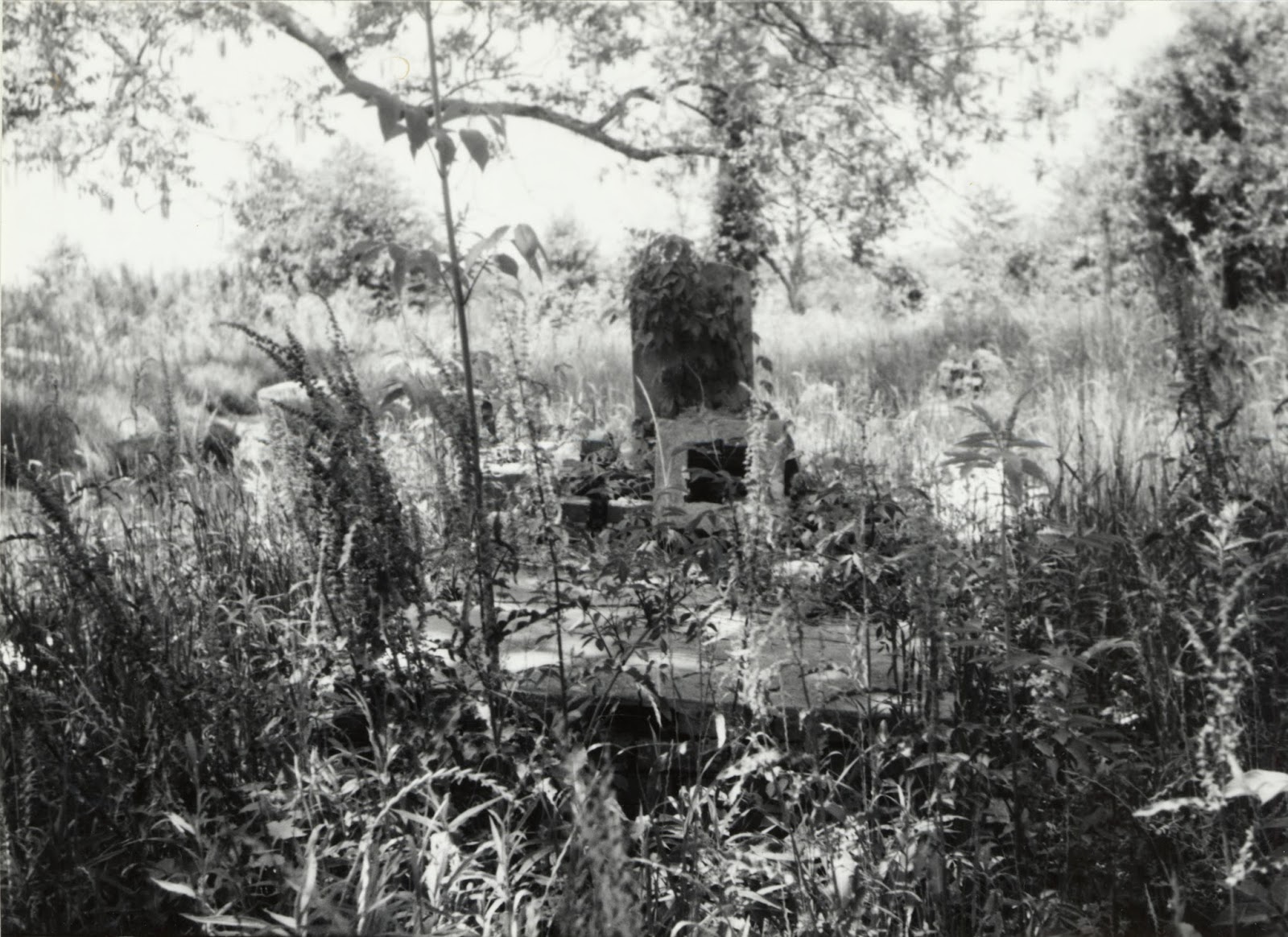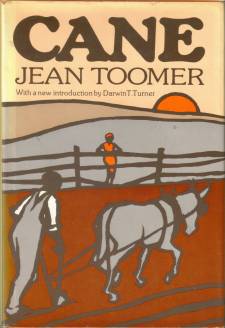 |
| Inside of church |
While walking through the quarters in chapter thirty-eight of Catherine Carmier, Jackson comes across the cemetery and the church. Jackson "looked through the fence at places where graves ought to be, or where he thought they had been. He could not see any graves for high weeds, and he was not sure that he was looking in the right places" (191). Jackson inability to recognize the graves causes him to feel empty. Unlike Jackson, the men that gather at Marshall Plantation in A Gathering of Old Men visit the cemetery before they arrive on the gallery to stand beside Mathu against Fix and his men. Cherry describes the cemetery by saying, "You had to walk in grass knee-high to reach some of the graves" (45). The area, to Jackson and to Cherry, is overgrown and is in the process of erasing any indication of the people who once lived and worked on the land. Later in the novel, Johnny Paul confronts Mapes about why he and the other men chose to stand:
I did it for them back there under them trees. I did it 'cause that tractor is getting closer and closer to that graveyard, and I was scared if I didn't do it, one day that tractor was go'n come in there and plow up them graves, getting rid of all proof that we ever was. (93)
 |
| Cemetery pre-cleanup |
The church where Gaines went to school and worshiped that he mentions in the quote in above appears in Catherine Carmier as well. After visiting the cemetery, Jackson walks to the church. He begins to reminisce about how large the church used to feel and how things have changed since he went to school there. He thinks about how far the pews used to feel from the table in the front of the church. He even recalls the whippings he received from Madame Bayonne. Walking around the perimeter, Jackson looks at the surrounding area and sees "[a] sugar-cane field came all the way up to the yard from the side and from the back" (192). Just as the fields encroach upon the cemetery in A Gathering of Old Men, they encroach upon the church.
These two spaces, the cemetery and the church, play an important role in Gaines' fiction of the quarters and Bayonne. In later blog posts, I will discuss the church and cemetery and other works.
Gaines, Ernest. Catherine Carmier. New York: Vintage Books, 1993. Print.
Gaines, Ernest. A Gathering of Old Men. New York: Vintage Books, 1984. Print.
Gaudet, Marcia and Carl Wooton. Porch Talk with Ernest Gaines: Conversations on the Writer's Craft. Baton Rouge: Louisiana State University Press, 1990. Print.













